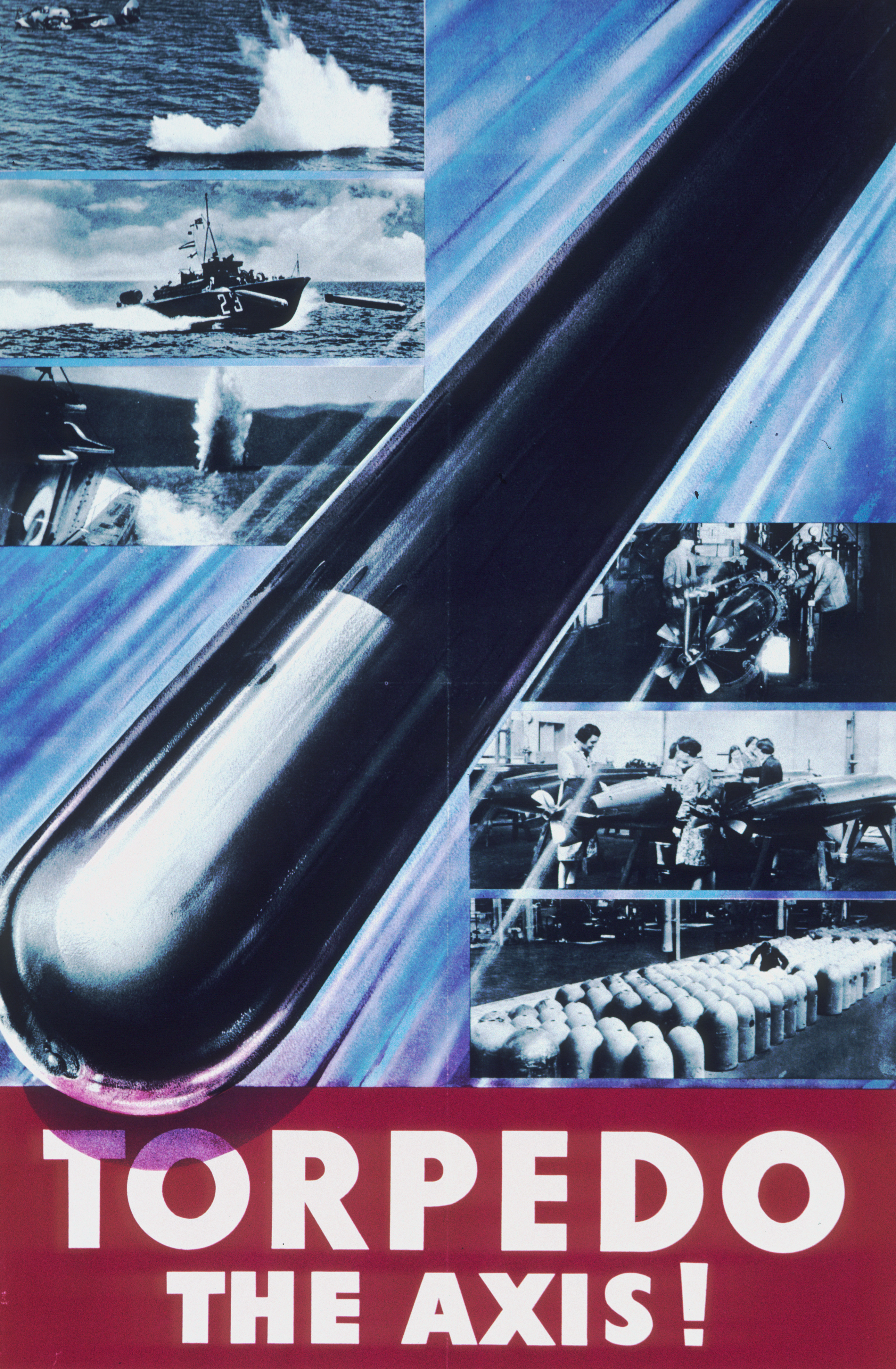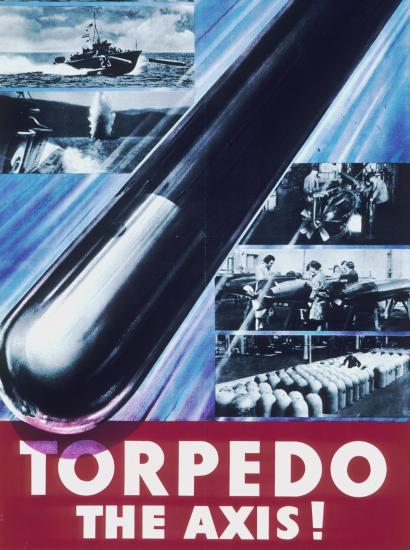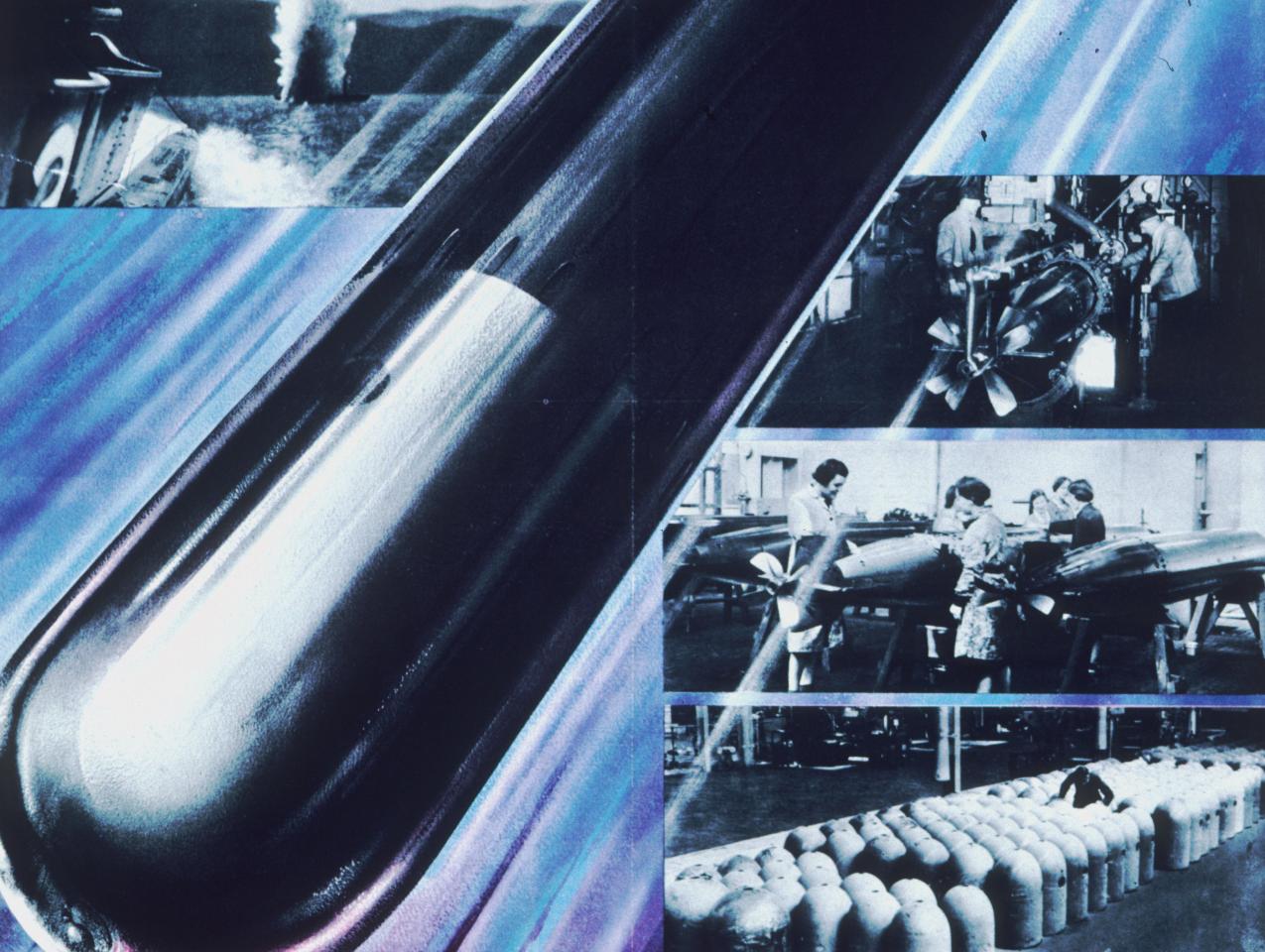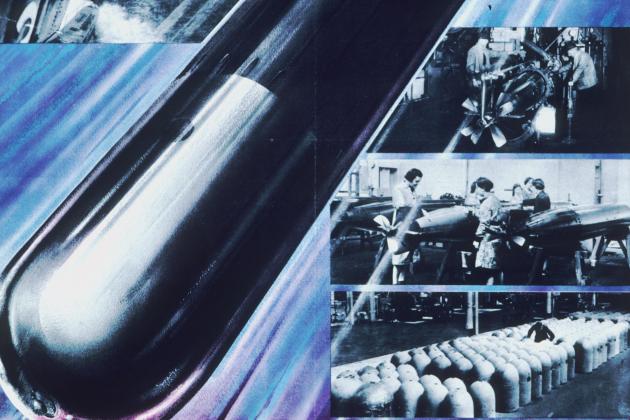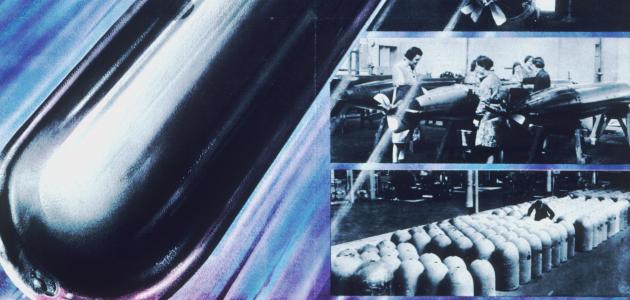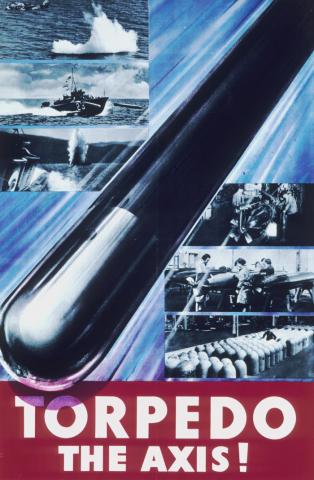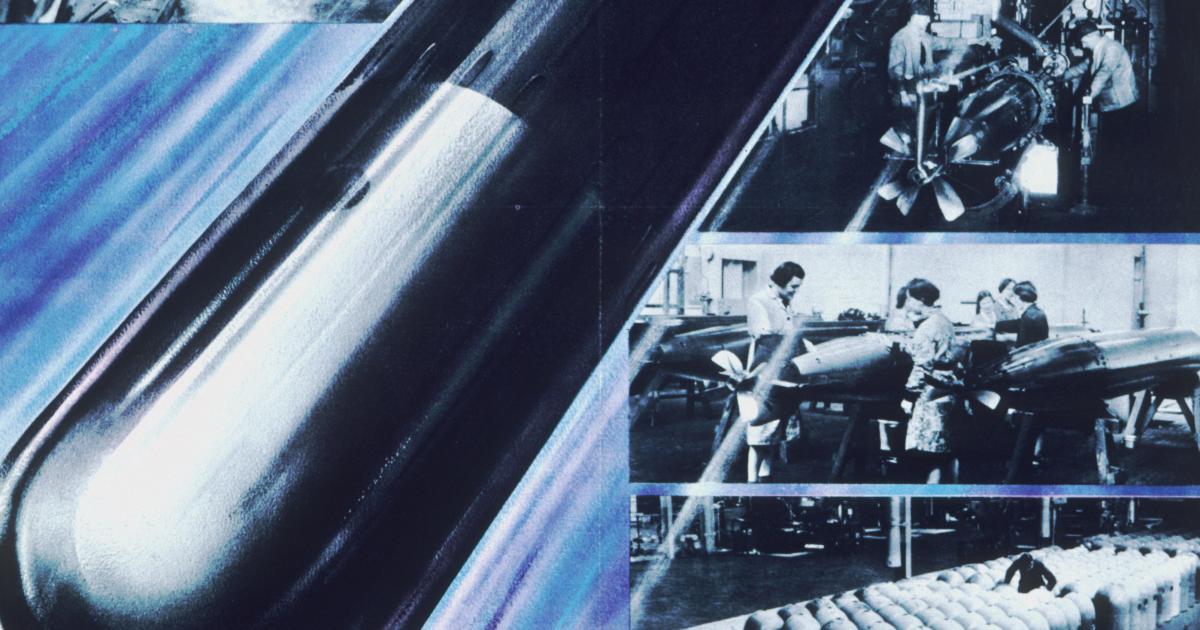- US Defense
- History
- Determining America's Role in the World
- Revitalizing History
Every military revolution in arms has always forced soldiers to re-equip themselves, usually by bulking up as well as wising up. This latest revolution will be no different, except insofar as the pace of change has been advancing exponentially, as thus so must be the responses. Slingshots, “Greek fire,” stirrups, war chariots, battle elephants, gunpowder, germ warfare, Dreadnoughts, machine guns, the tank, fighter aircraft, satellite technology, nuclear bombs: every single advance in military technology has given its inventors a massive initial advantage on the battlefield; the last even ended World War Two.
Yet each of those advantages were only temporary, while the inventors’ opponents learnt how to copy, adapt, and respond. The Soviet Union tested its own Bomb less than four years after Nagasaki.
In almost all cases of military innovation, the average soldier had to be issued with more and more kit in order to fight against the new weaponry. Sometimes this was relatively easy to do: the response to stirrups was to introduce them for all cavalry immediately; gas was countered by gas masks, and so on. By the time of the Second World War, an infantryman could be expected to have (and in some cases carry) over sixty pounds of equipment, a heavier load even than his Napoleonic Wars era counterpart, who had to carry a Brown Bess musket weighing over ten pounds, plus lead ammunition and a 17” bayonet.
In previous campaigns, high commands tended to have time to adapt and respond. The Allies adopted Napoleon’s Corps system within a few years of his invention of it; the Germans deployed tanks on the Western Front of World War One in March 1918, eighteen months after they had first been used by the Allies at Flers-Courcelette in the Battle of the Somme in September 1916. Time will not be on the side of future armies, however, because of the sheer sophistication of the new military technologies that are currently under research, development, and production, and might shortly be deployed.
From what we can glean from the Russo-Ukrainian war, the current military revolution, particularly in drone technology, robotics, AI, Starlink and other space-based systems, battlefield sensors, IEDs, and electronic jamming and denying techniques, will require the average soldier to be far better conversed in areas of technological expertise than any of his historical predecessors. His Kevlar body armor (or its updated, thinner, but equally bullet-resistant successor) is going to have to be much more advanced too.
Should the next war take pace in outer space, as opposed to cyberspace or ground battlefield space, there will be next to nothing that the average soldier will be able to do to affect its outcome, however well protected he is and advanced his education. If one side—presumably the Sino-Russian-Iranian-North Korean Axis—were to launch a surprise attack that successfully knocked out Western satellites, especially if it took place with a simultaneous cutting of key undersea communications cables, the West would be forced to fight essentially analogue military engagements, using physical maps against an enemy with GPS.
I have already mentioned the Battle of the Somme, but at least then the losses were on both sides. If the Axis with satellites attacked the Western Allies without them, the losses would be incalculable, and almost all on one side.







